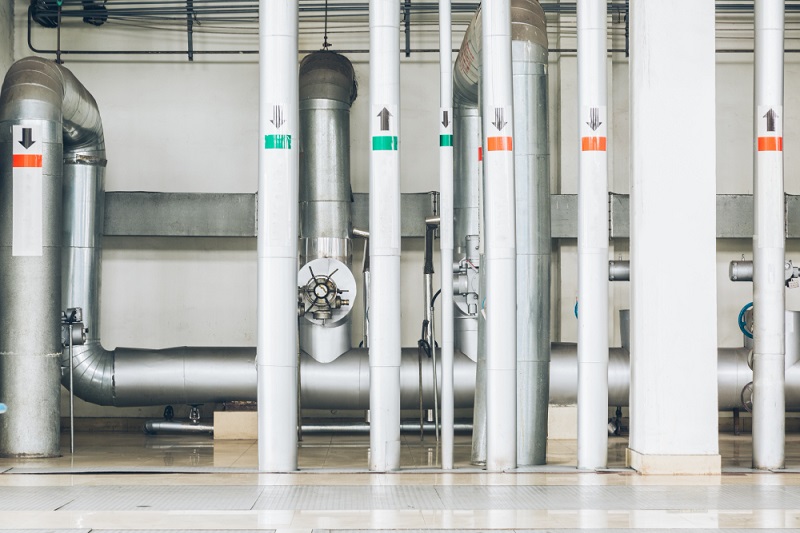 In piping systems, one component that often goes unnoticed is vertical pipe support. Yet, it plays a crucial role in ensuring the longevity and efficiency of any piping system. This article dissects the facets of vertical pipe support and explains why it’s an indispensable part of today’s industrial setup. Understand the nitty-gritty and why you need to pay attention to this. You may reach out to trusted pipe pile suppliers to clear all your doubts.
In piping systems, one component that often goes unnoticed is vertical pipe support. Yet, it plays a crucial role in ensuring the longevity and efficiency of any piping system. This article dissects the facets of vertical pipe support and explains why it’s an indispensable part of today’s industrial setup. Understand the nitty-gritty and why you need to pay attention to this. You may reach out to trusted pipe pile suppliers to clear all your doubts.
Understanding Vertical Pipe Support
Vertical pipe support refers to the systems or components that are designed to hold, bear and manage the weight of vertical pipes in a pipeline system. These supports ensure the pipes remain stable and functional while minimizing the risk of failures such as leaks, fractures and sagging.
An Overview of Three Types of Pipe Movements
- Axial Movement: This movement refers to the pipe shifting along its length. Too much axial movement can lead to pipeline failure.
- Lateral Movement: This refers to the sideways movement of the pipe. Poor lateral support can result in undesired bending or breaking.
- Vertical Movement: Finally, pipes can also move up and down. The vertical support systems help to restrict this movement, preventing undue stress on the piping material.
The Role of Vertical Support in Pipe Protection
- Friction Protection: Vertical pipe support minimizes the friction between the pipe and its surrounding elements, reducing the risk of wear and tear.
- Controlling Movement: The supports keep the pipes in place, effectively controlling vertical and lateral movements.
The Importance of Monitoring Suspended Pipes
- Pipe Breakage: Unsupported or poorly supported pipes are susceptible to breakage, leading to costly repairs or replacements.
- Corrosion: Lack of proper support may expose pipes to corrosive elements, thereby decreasing their lifespan.
- Obstructions & Wear: Incorrectly supported pipes will likely face blockages and wear over time, hindering the system’s overall performance.
Exploring Different Types of Vertical Pipe Support
- Clamp & Strap: These basic support systems are easy to install but offer limited movement control.
- Pipe Hangers: These are more versatile, often equipped with springs to allow some level of axial or lateral movement.
- Standard U-bolts: These are used for heavy-duty applications where the pipes must stay firmly in place.
When to Consult Pipe Pile Suppliers for Preserving System Performance
Evaluate Your Current Support System: Pipe pile suppliers can thoroughly assess your existing vertical pipe support setup. This process often involves on-site inspections and computational analysis. By doing so, they can detect issues like excessive movement or friction that may be affecting the system’s overall performance.
Recommend the Best Types of Vertical Pipe Support: After the evaluation, these experts can recommend the most suitable vertical pipe supports tailored to your specific requirements. They may suggest switching from standard U-bolts to more advanced pipe hangers with springs or vice versa, depending on the system’s needs for flexibility and rigidity.
Offer Installation Services: An experienced pipe pile supplier can go beyond merely supplying the products. Many offer full-scale installation services, ensuring the chosen support systems are implemented correctly. It is especially useful for complex pipeline systems where installation errors can lead to severe consequences, such as leaks or system failure.
Be Proactive and Consult the Experts for Piping Solutions
If you are concerned about your piping system’s structural integrity and functionality, contact International Pipe, one of the best pipe pile suppliers. We specialize in providing the best vertical pipe support systems tailored to your needs. Don’t compromise; ensure your pipes get the support they deserve.
